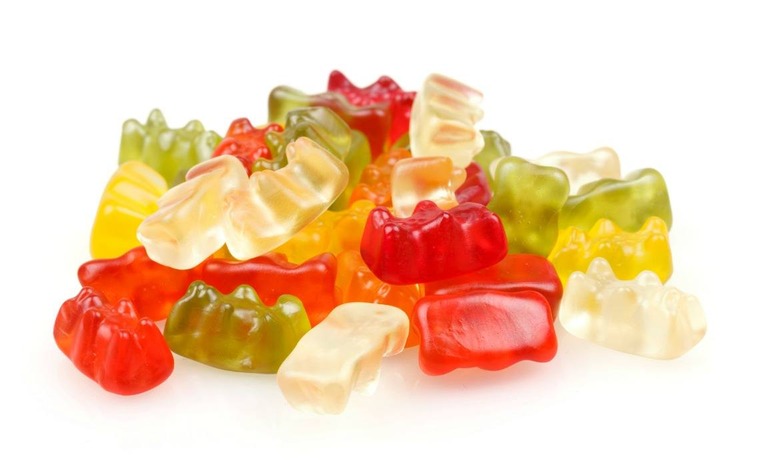Why You Should Stay Away From Eating Too Much Food Coloring
It doesn't take a genius to realize that gummy bears are not naturally red, orange, green, and blue, but some other popular foods and drinks, such as popular breakfast cereals and soda, contain artificial dyes. You may be thinking, "These dyes are used to color Easter eggs and flavor Christmas cookie frosting, so they can't be all that bad, right?" Think again.
Click here for the Beautify Your Desserts with These All-Natural Food Dyes slideshow.
Other than the obvious, these dyes are used to give food a brighter color and prevent the color from being lost when the food is tampered with light, moisture, and air. It makes sense to add coloring to Skittles and Kool Aid, which appeals more to children but what about Florida oranges or hot dogs that are enhanced with dyes to look more appealing? It is unnecessary.
Although some food companies outside of the United States used natural dyes with plant-based coloring (from pumpkins and carrots) for certain foods, a lot of food manufacturers in the U.S. opt for artificial dyes, such as Red 40, Red Dye No. 3, and Yellow 6, which have been linked to severe hypersensitivity reactions in some people.
The evidence behind the negative side effects of food dyes is not concrete, but the foods and drinks that contain these dyes are not terribly healthy as it is. If you are worried, stay in the clear of soda, candy, and other processed foods that are enhanced by dyes. That way, the foods you have to choose from will be more wholesome and nutrient dense.
The accompanying slideshow is provided by fellow Daily Meal editorial staff member Angela Carlos.
